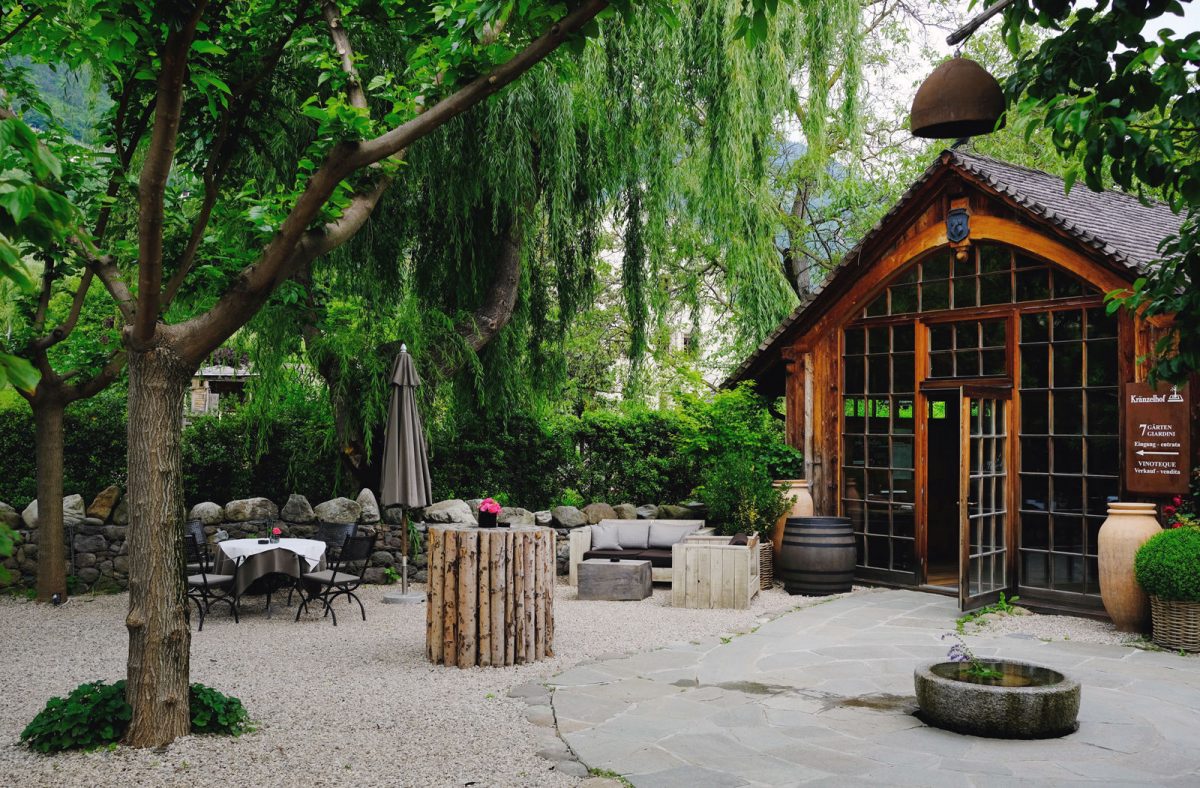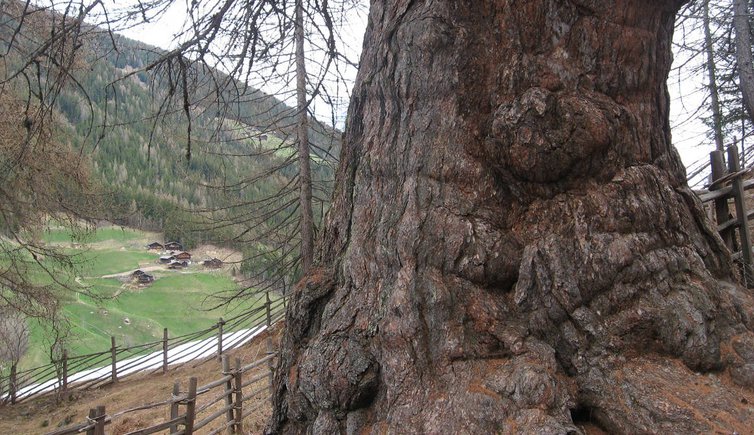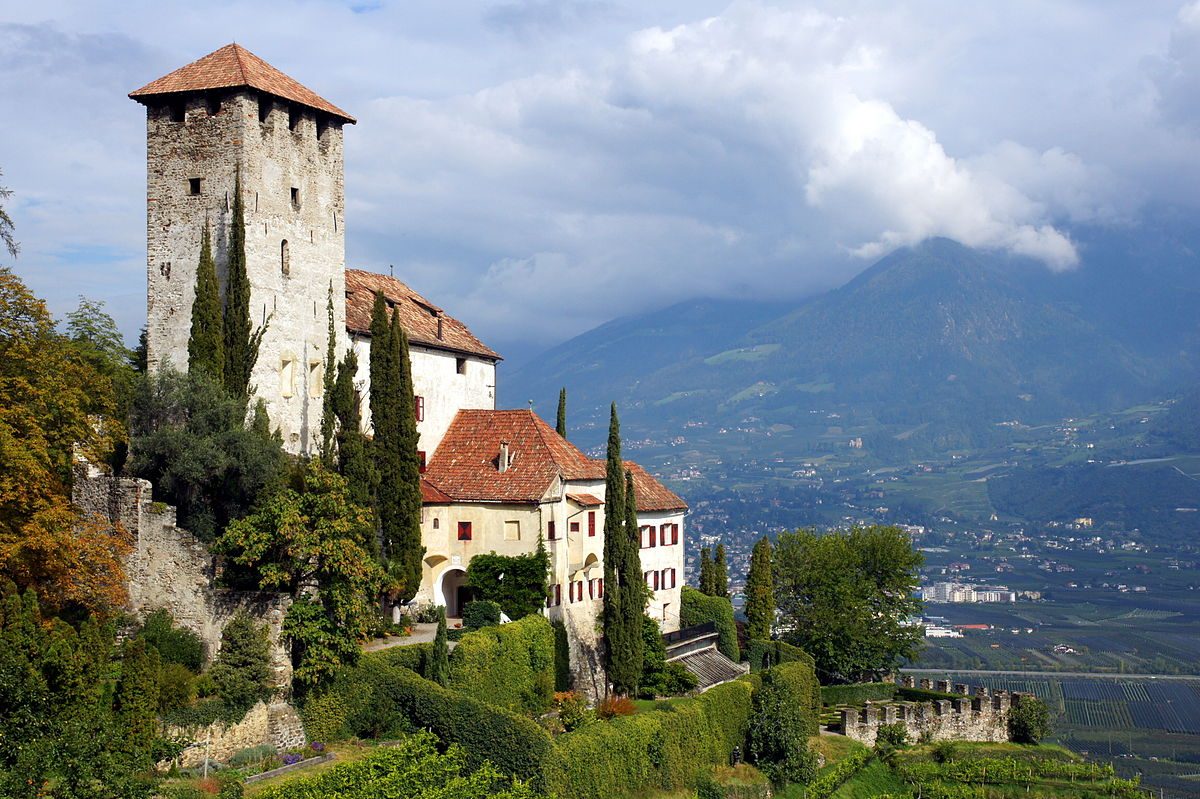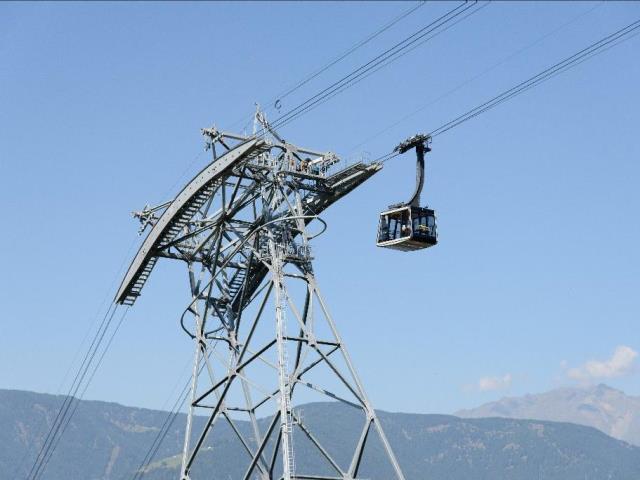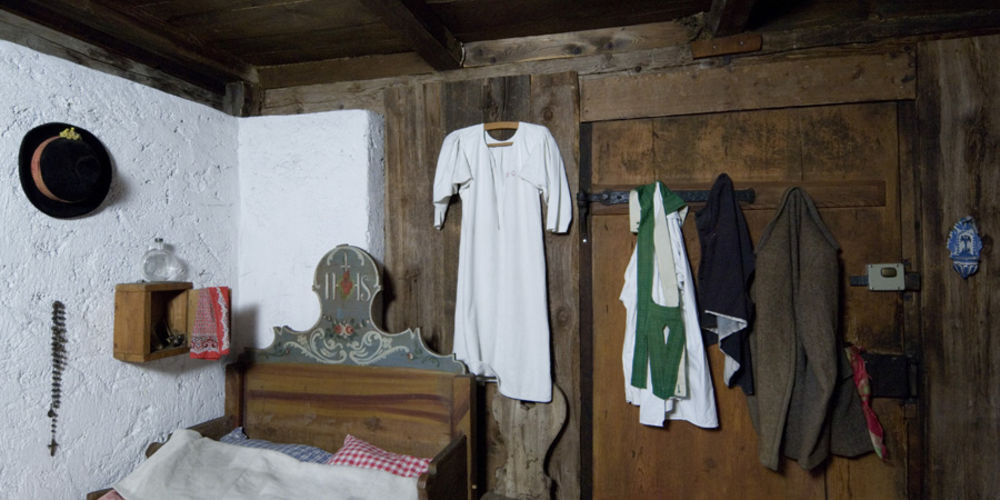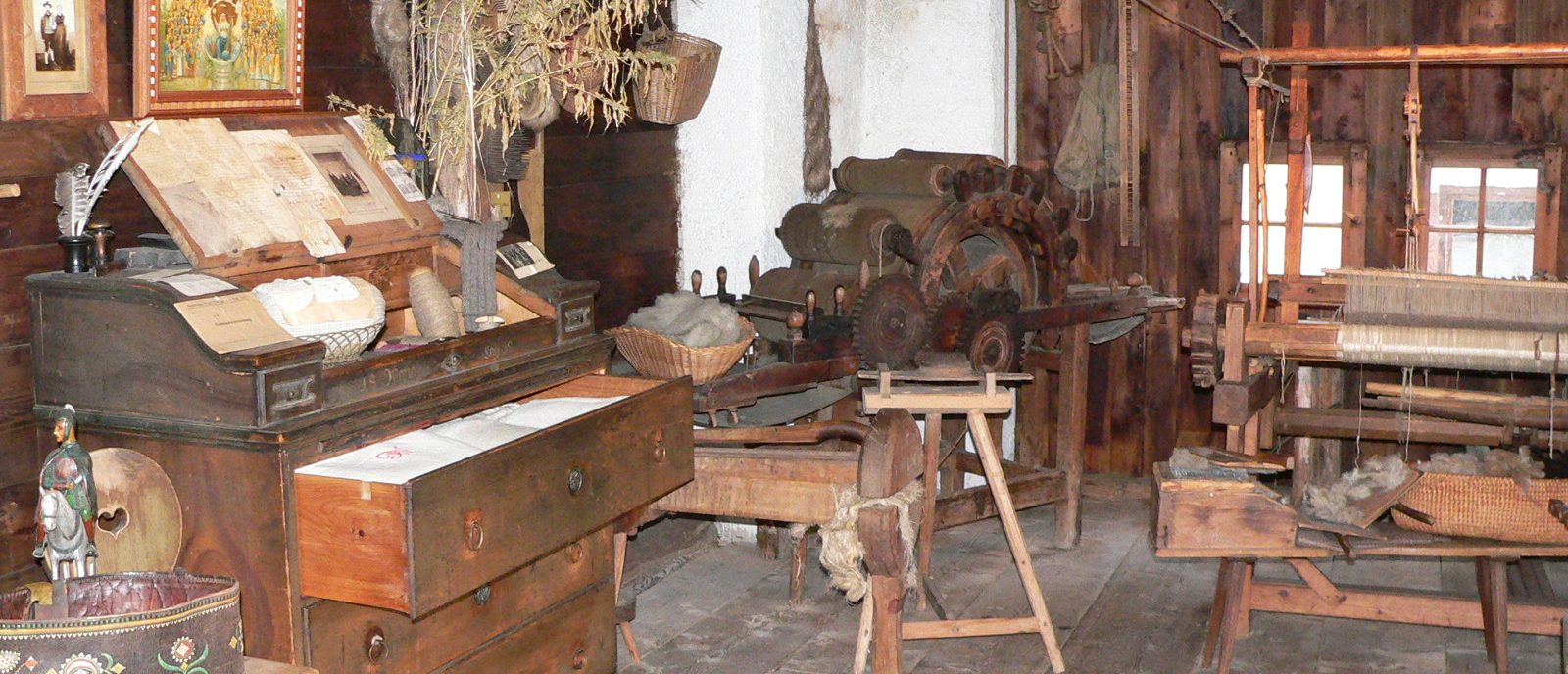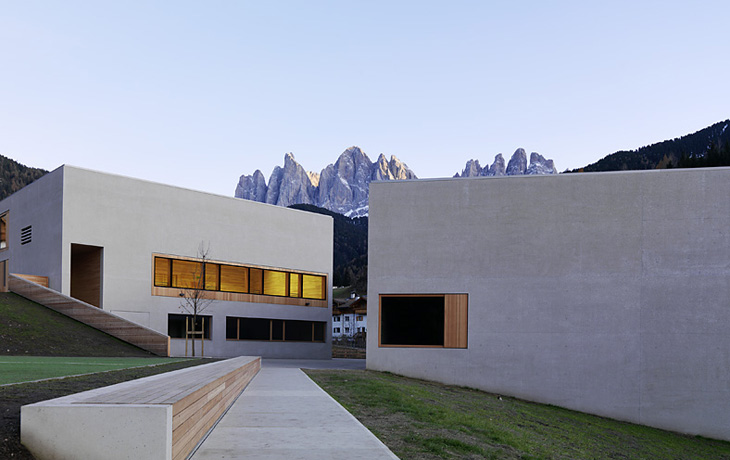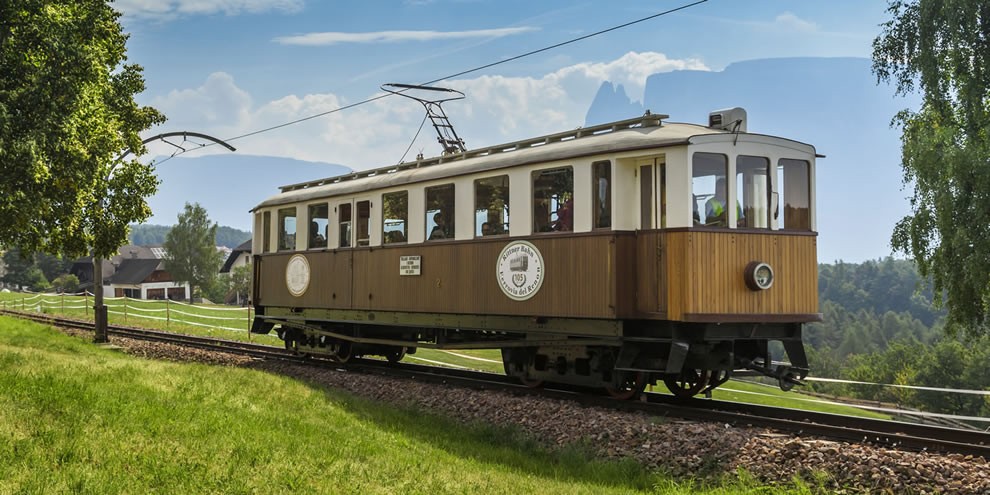How to reach the Kränzelhof
Nature and art in the Kränzelhof Experience Winery
The Kränzelhof Estate in Cermes/Tscherms offers experience, contemplation and enjoyment all in one. The 800-year-old winery produces fine wines that can be tasted and bought on site. Immediately thereafter, the Miil restaurant located in the 400-year-old mill of the medieval court yard is well worth a visit.
Behind the gate is the Kränzelhof adventure farm, surrounded by a 20,000 m² layout consisting of 7 gardens. The centerpiece of the garden experience is the labyrinth of grapevines, surrounded by terraces, an amphitheater and a water landscape. The gardens are lined with sculptures and installations by contemporary artists. This is a place with an atmosphere in which sensitivity and appreciation for people, art and nature can develop together in harmony.
The Kränzelhof Experience offers guided tours through the gardens for art lovers and devotees of peace and contemplation, as well as individually designed wine tastings for both small and larger groups.
Opening hours of the garden and the wine shop:
| April – May | every day from 9:30 am to 7.00 pm |
| June – August | every day from 9:30 am to 9.00 pm |
| September – October | every day from 9:30 am to 7.00 pm |
| November – March | Tuesday – Saturday from 10:00 am to 3:00 pm Close on Sunday and Monday |
Prices:
| Adults | 8,00 € |
| Children | 4,90 € |
| Familycard (Children with their parents) | 2,90 € |
Contact:
Experience Kränzelhof
Gampenstraße 1
39010 Tscherms
+39 0473 564549
